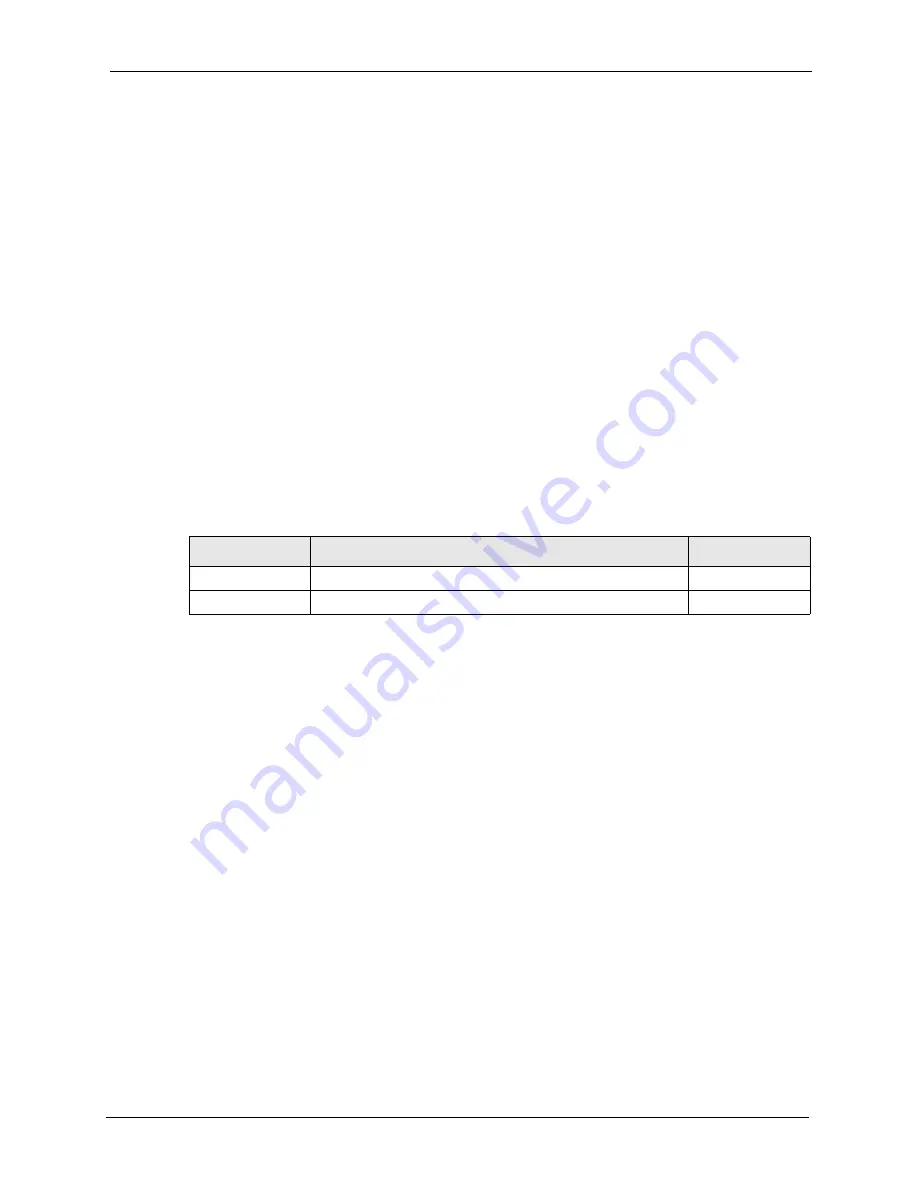
Omni.Net Lite User’s Guide
Chapter 3 Using AT Commands
52
C
H A P T E R
3
Using AT Commands
3.1 AT Commands Overview
An AT Command is a command in asynchronous data format issued by the computer to the
ISDN TA through the asynchronous computer-modem interface. AT commands are used to
configure and control the TA by typing commands at a computer or terminal keyboard. To
send an AT Command from a computer to the TA, you must run a communication software
program and the TA must be in command state.
Commands must be written in a specific form in order for the TA to recognize them. A
command begins with the letters “AT” or “at”, followed by one or more printable characters
and then ended by pressing
[ENTER]
, as shown in the following example.
Note:
AT commands can only be issued when the computer or terminal is connected
to the TA with an RS-232 cable.
3.2 Accessing the TA Example
To configure the TA by terminal emulation program, you need a terminal emulation program
first, such as Hyperterminal in Windows.
1
Make sure your TA hardware is properly connected (refer to the Quick Start Guide).
2
Open the HyperTerminal program in Windows. For example, in Windows XP click
Start
,
Programs
,
Accessories
,
Communications
,
HyperTerminal
.
Table 13
Examples of AT Command
COMMAND
OPERATION
RESPONSE
AT<Enter>
To verify that the TA is online with your terminal or computer.
OK
AT I3
To display the version of the current firmware.
Summary of Contents for ISDN Terminal Adapter Omni.Net Lite
Page 1: ...Omni Net Lite ISDN Terminal Adapter User s Guide Version 1 2 5 2005...
Page 2: ......
Page 12: ...Omni Net Lite User s Guide 11 Table of Contents Chapter 6 Troubleshooting 78 Index 80...
Page 14: ...Omni Net Lite User s Guide 13 List of Figures...
Page 16: ...Omni Net Lite User s Guide 15 List of Tables...
Page 24: ...Omni Net Lite User s Guide 23 Chapter 1 Introduction...
Page 68: ...Omni Net Lite User s Guide 67 Chapter 3 Using AT Commands...
Page 78: ...Omni Net Lite User s Guide 77 Chapter 5 Firmware Upgrade...
Page 80: ...Omni Net Lite User s Guide 79 Chapter 6 Troubleshooting...






























